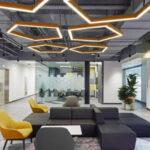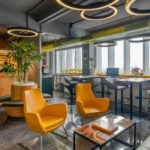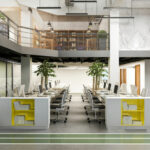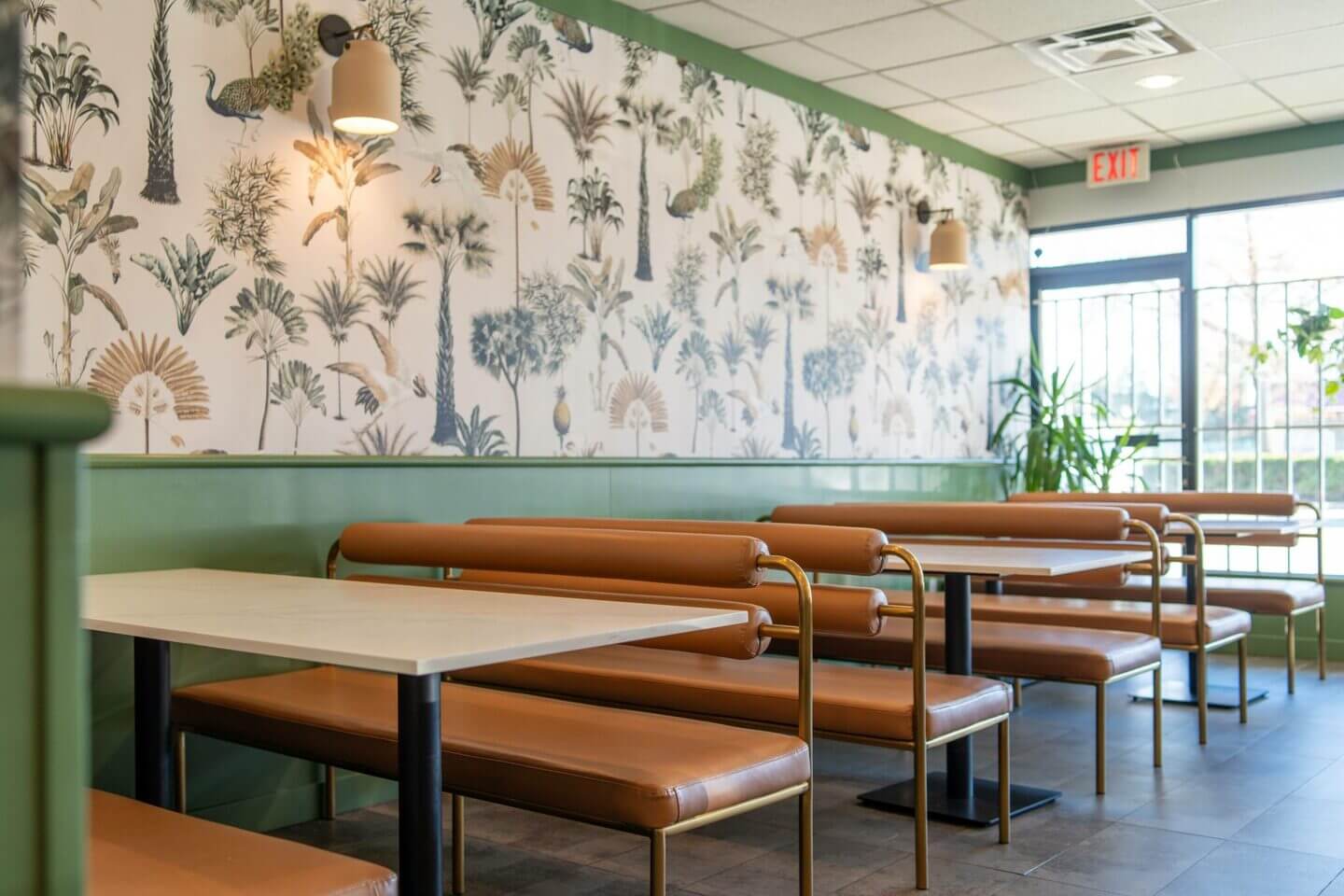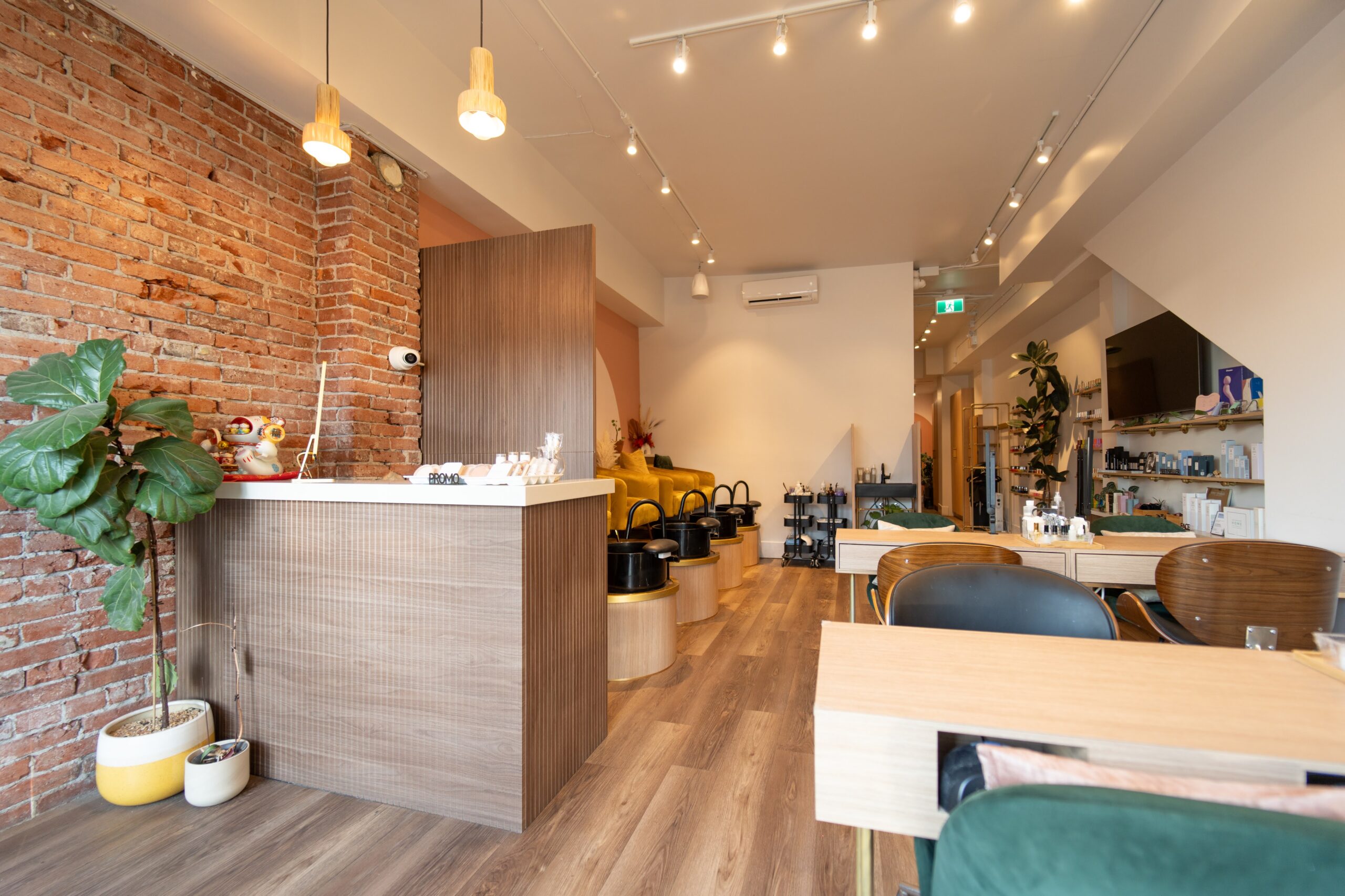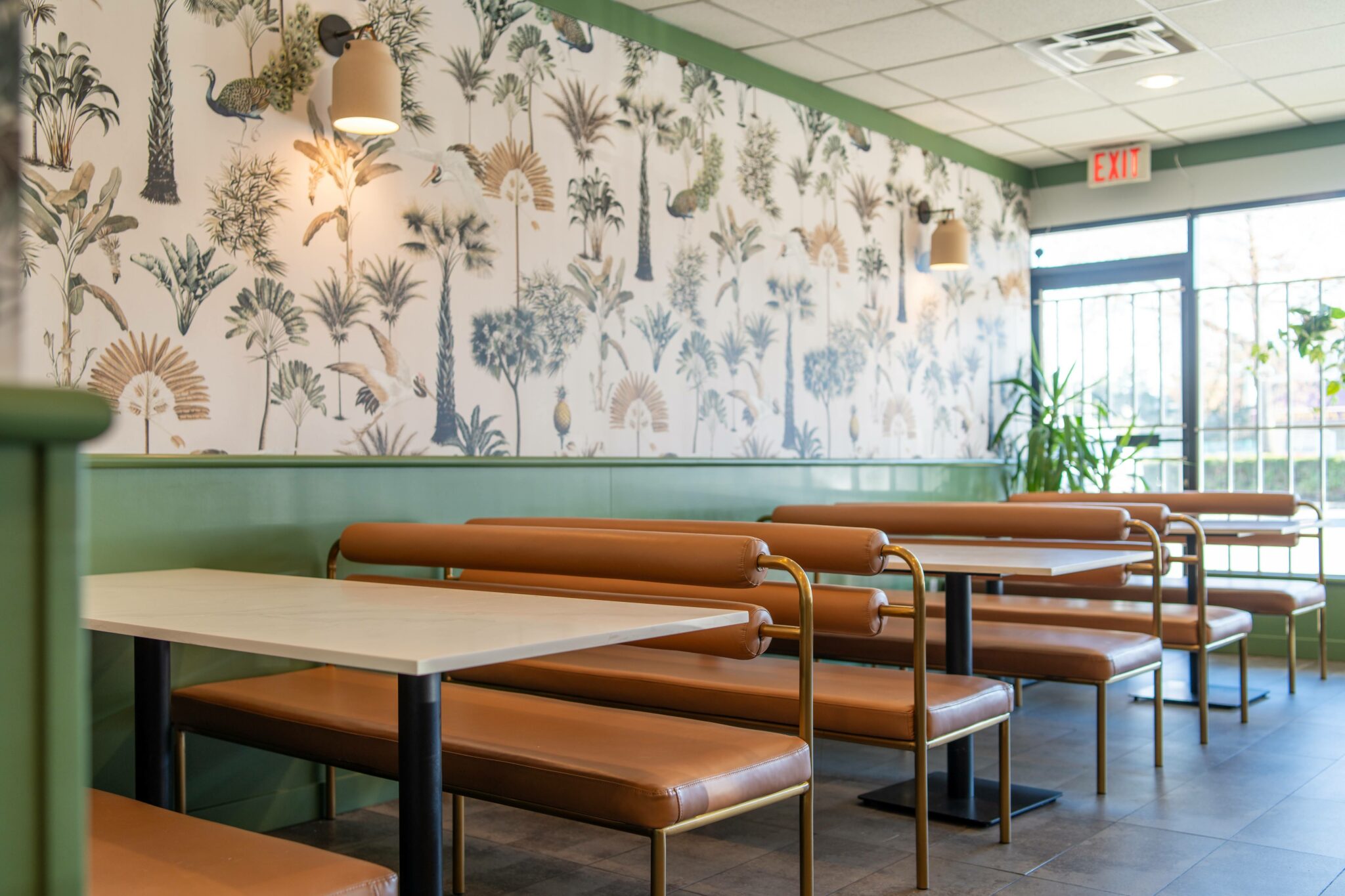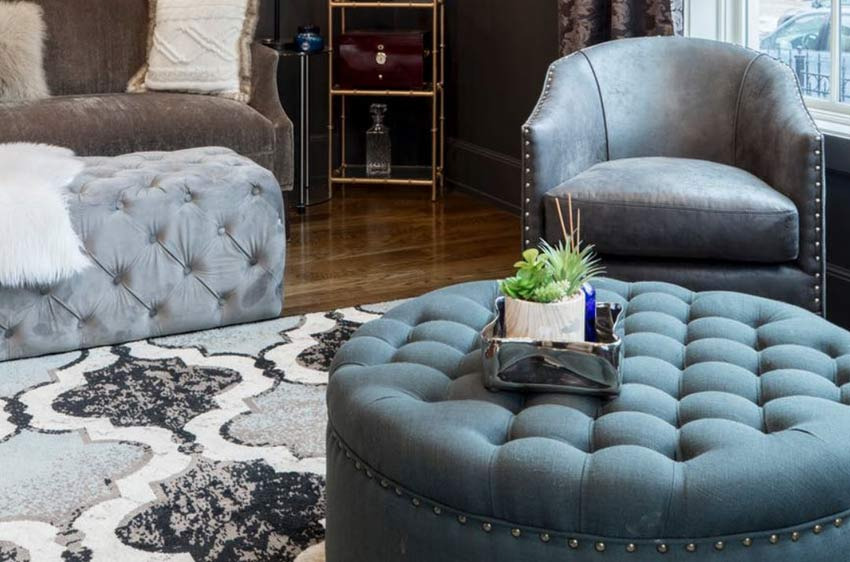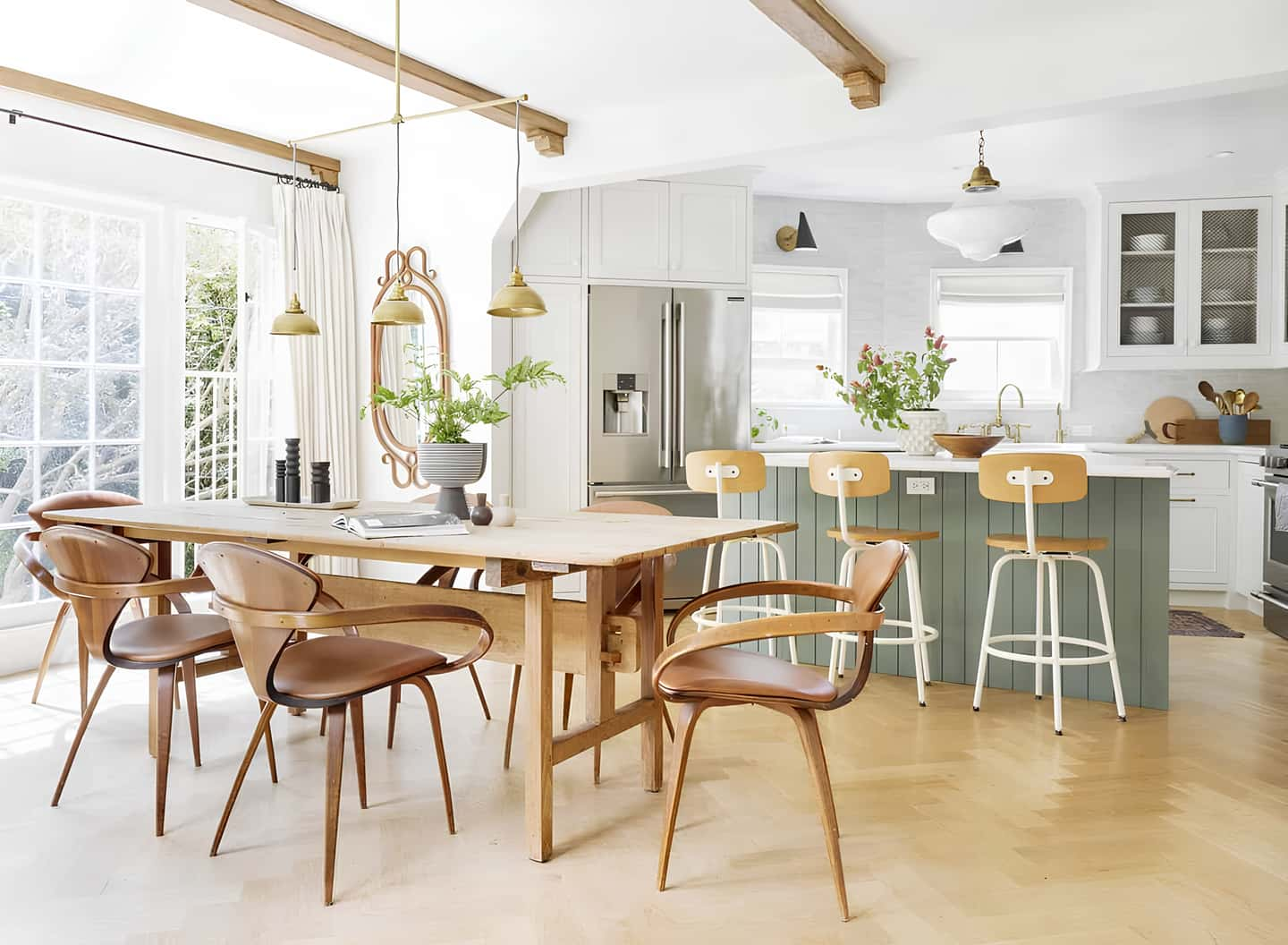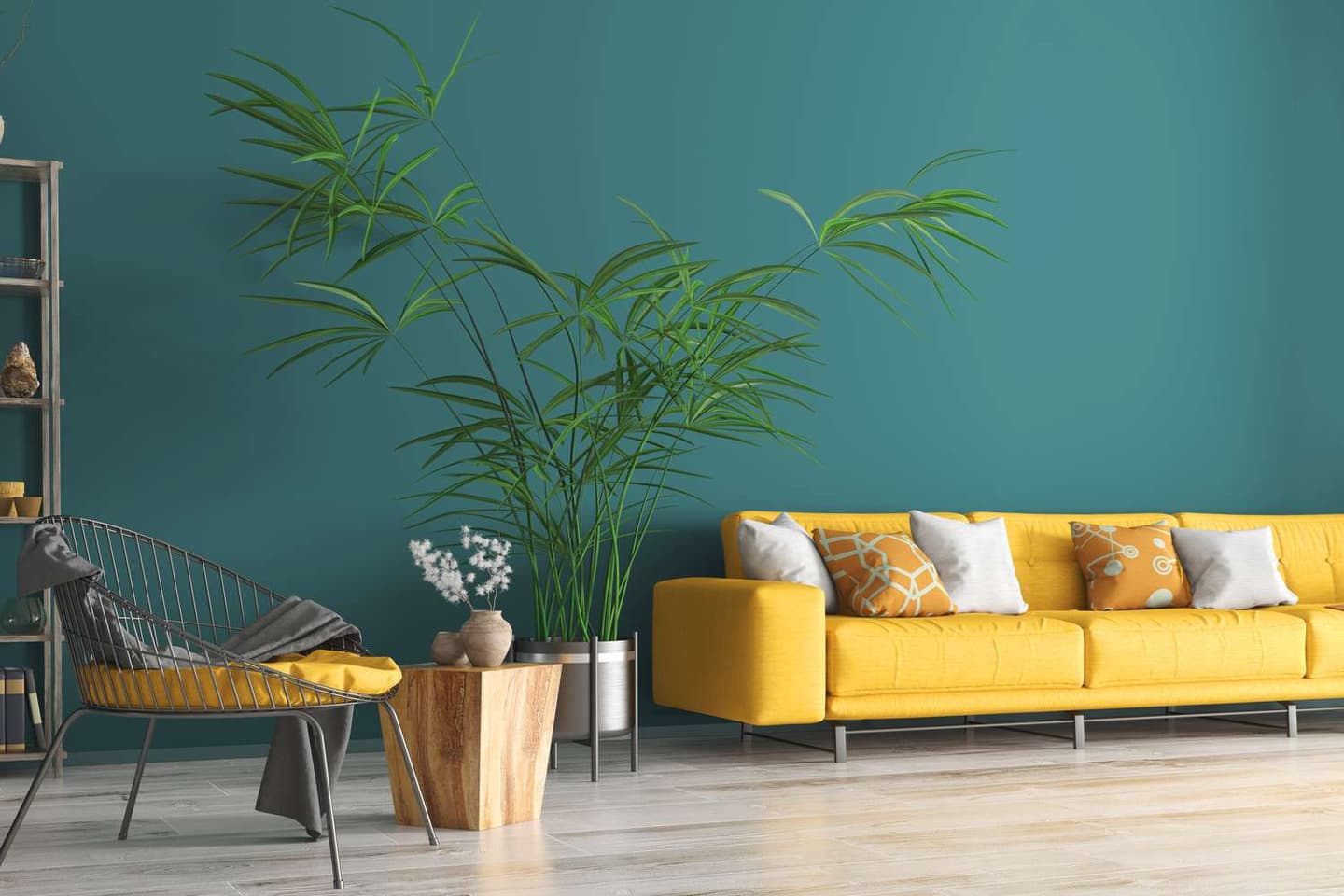When it comes to commercial interior design, creating an inspiring and functional space is essential. This type of design focuses on businesses, offices, and other commercial spaces. It is crucial to make these spaces both attractive and practical. In this article, we will discuss the key things to consider for successful Commercial Interior Design in Vancouver.
Read also: Interior Design Color Palette and How It Affects Your Business
1. Understanding the Brand Identity
Every business has a unique brand identity. This identity should be reflected in the interior design. An interior designer needs to understand what the brand represents. They should learn about the company’s values, goals, and target audience. This understanding helps in creating a space that aligns with the brand’s image. The design should communicate the company’s message. A well-designed space strengthens brand identity.
2. Functionality and Layout
Functionality is a top priority in commercial interior design. The layout must be practical and meet the needs of the business. Spaces should be designed to facilitate workflow and improve efficiency. For example, in an office setting, the layout should encourage collaboration. It should also provide private spaces for focused work. Designers should consider how people will move through the space. They need to create clear pathways and minimize obstacles. A functional design improves productivity and satisfaction.
3. Choosing the Right Materials
Materials play a significant role in commercial interior design. They impact the look, feel, and durability of the space. Designers should choose materials that are both stylish and practical. High-traffic areas need materials that are durable and easy to clean. For example, using strong flooring options like tiles or hardwood is advisable. In addition, materials should reflect the brand’s personality. Luxury brands may opt for high-end materials like marble or velvet. On the other hand, eco-friendly brands might choose sustainable materials.
4. Lighting Design
Lighting is a key element in commercial interior design. Good lighting improves the atmosphere and functionality of a space. Natural light is always preferred, so large windows are beneficial. However, artificial lighting is also important. It should be used to create different moods and highlight key areas. For example, bright lighting is suitable for workspaces. Softer lighting works well in relaxation areas. A good mix of task lighting, ambient lighting, and accent lighting is ideal. Proper lighting enhances the overall design and comfort of the space.
5. Color Scheme
Colors can have a powerful effect on people’s emotions and behavior. In commercial interior design, the color scheme should align with the brand’s image. Bright colors can energize and attract attention. They are often used in creative and dynamic spaces. Neutral colors are calming and create a professional environment. They are common in corporate offices. An interior designer should consider how colors interact with lighting and materials. The right color scheme can enhance mood and productivity.
Read also: The Power of Monochrome in Interior Design
6. Furniture Selection
Furniture is not just about aesthetics; it also impacts comfort and functionality. In commercial spaces, furniture should be chosen based on its purpose. For example, ergonomic chairs are essential for offices. Comfortable seating is a must in waiting areas. The style of the furniture should match the overall design theme. Sleek and modern furniture suits a contemporary office. Vintage pieces might be perfect for a boutique hotel. Furniture should also be arranged to facilitate interaction and movement.
7. Technology Integration
Modern commercial spaces need to integrate technology seamlessly. An interior designer should plan for the placement of devices and equipment. This includes computers, projectors, and smartboards. Charging stations and outlets should be conveniently located. In some cases, technology can even enhance the design. For example, digital screens can display company information or art. Technology should blend with the design without being obtrusive. Proper integration ensures a smooth workflow and enhances the user experience.
8. Sustainability and Eco-Friendliness
Sustainability is becoming increasingly important in interior design. Many businesses want to reduce their environmental impact. Designers should consider using eco-friendly materials and energy-efficient lighting. Recycled and reclaimed materials are great options. Designers can also include plants to improve air quality and add a natural touch. Sustainable design not only benefits the environment but can also attract clients. It shows that the business is socially responsible.
9. Creating a Welcoming Atmosphere
First impressions matter in commercial spaces. The design should create a welcoming and inviting atmosphere. This is especially important for businesses that receive clients, like hotels and offices. The entrance and reception areas should be warm and appealing. Comfortable seating and friendly signage can help. The space should make visitors feel at ease and valued. A welcoming atmosphere enhances customer satisfaction and loyalty.
10. Adapting to Future Needs
Commercial interior design should be adaptable. Businesses evolve, and their needs may change over time. The design should allow for flexibility and easy updates. For example, using modular furniture makes it easier to reconfigure a space. Designers should consider future growth and technological advancements. An adaptable design can save time and money in the long run. It ensures that the space remains relevant and functional.
Read also: Brutalist Interior Design Ideas to Embrace Raw Beauty in Your Home
11. Acoustic Design
Sound plays a vital role in how people experience a space. Poor acoustics can lead to distractions and discomfort. This is particularly true in open-plan offices and restaurants. Designers should use materials and designs that control noise levels. Carpets, curtains, and acoustic panels can absorb sound. Creating separate zones for noisy and quiet activities is also helpful. Good acoustic design enhances the comfort and functionality of the space.
12. Safety and Compliance
Safety is a critical aspect of commercial interior design. Designers must follow building codes and regulations. This includes fire safety, accessibility, and health standards. Emergency exits should be marked and easily accessible. Non-slip flooring can prevent accidents. Compliance ensures the safety of both employees and customers. It also helps avoid legal issues.
13. Personalization and Unique Elements
Every business is unique, and its space should reflect that. Adding personalized elements can make a space stand out. This could include custom artwork, branded decor, or unique furniture pieces. Personalization adds character and makes the space memorable. It can also boost employee morale and customer engagement. A well-designed space that reflects the company’s personality can leave a lasting impression.
14. Hiring a Professional Interior Designer
Commercial interior design requires skill and expertise. Hiring a professional interior designer can make a big difference. Professionals have the experience and knowledge to create effective designs. They can ensure that the space meets both aesthetic and functional needs. An interior designer can also help with project management and coordination. Working with experts like Ark and Mason can lead to successful outcomes. They offer top-notch Interior Design Services in Vancouver. They understand the needs of businesses and can create inspiring spaces.
Conclusion
Commercial interior design is about more than just looks. It involves creating a space that is functional, safe, and reflective of a brand’s identity. Key factors to consider include understanding the brand, functionality, materials, lighting, color schemes, and furniture. Designers should also focus on sustainability, technology integration, and adaptability. Hiring a professional interior designer ensures that these elements come together effectively. By paying attention to these key things, businesses can create inspiring and successful spaces.
Read also: Before & After: Luxurious Interior Design in Vancouver
Ark and Mason provide exceptional Interior Design Services. They understand the importance of a well-designed commercial space. Whether you’re looking for an Interior Designer in Vancouver or beyond, they have the expertise to meet your needs.

I am a design enthusiast that loves writing about the latest trends and style when it comes to commercial and residential interior design. I also love architecture and buildings.

